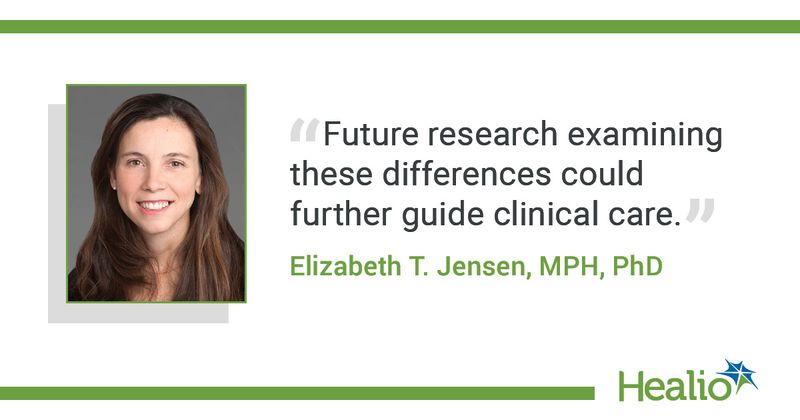Maternal, infant antibiotic use associated with increased eosinophilic esophagitis risk
Key takeaways:
- Eosinophilic esophagitis cases in children and infants have rapidly increased in the last 30 years.
- Use of any antibiotics had a 40% increased risk of eosinophilic esophagitis.
Maternal and infant antibiotic use was associated with increased eosinophilic esophagitis risk in a study published in JAMA Pediatrics.
Eosinophilic esophagitis (EoE) is a chronic inflammatory disease often triggered by food or airborne allergies and acid reflux, with symptoms such as acid reflux, vomiting, abdominal discomfort, trouble swallowing and failure to thrive, and is often present in patients with simultaneous atopic or allergic comorbid conditions. According to the authors, in the last 30 years, cases of EoE have “increased rapidly,” most notably in the United States, Europe and South America. Fortunately, there has been some activity in the treatment pipeline for children. In late September, the FDA granted priority review to Regeneron and Sanofi’s supplemental biologics license application for dupilumab, a treatment of the disease for children aged 1 to 11 years.

One of the authors told Healio that early life is “a period of known developmental susceptibility,” where early life exposures and experiences can contribute to longstanding health effects.
“Much of my research has focused on early life factors that alter colonization of the gut microbiome in early life, leading to potential dysregulation of immune development,” Elizabeth T. Jensen, MPH, PhD, division of public health sciences in the department of epidemiology and prevention at Wake Forest University School of Medicine, said in an interview. “Eosinophilic esophagitis has been a fascinating condition to study as it has increased dramatically in incidence, yet there is very little understanding of the factors contributing to this increase.”
Jensen and colleagues conducted a population-based study, leveraging and linking health registry data collected prospectively on all Danish residents to evaluate both maternal and infant obtained prescriptions for antibiotics and acid suppressants in relation to development of EoE in a pediatric population. Using data from 1996 to 2019, they found 392 EoE cases and 3,637 sex- and birth-year-matched controls in the population, which had a median age of 11 years, and comprised 68.8% males.
“We examined acid suppressants and antibiotics according to timing, frequency, number of doses, and class of agent prescribed,” Jensen said. “We also performed numerous sensitivity analyses.”
Compared with children who had no antibiotic prescriptions filled during infancy, those with any antibiotic use had a 40% increase in risk of EoE, and those with three or more prescriptions had an associated 80% increase in EoE risk. Maternal antibiotic use was also associated with an increased risk for EoE, and it was highest when they were used in the third trimester and in the first 6 months after birth. Acid suppressant use in infancy was also associated with increased EoE risk.
“While other studies have reported [an] association between antibiotic use and acid suppressants and EoE, this was the first to examine maternal use of these agents,” Jensen said.
The researchers reported seeing a “dose response” in the associations.
“Perhaps most interestingly, we observed the strongest magnitude of association for antibiotic use in early infancy (0-6 months), which supports the hypothesis that antibiotics could alter the microbiome in a manner that could contribute to immune dysregulation, with early infancy a period most vulnerable to these alterations,” Jensen said.
Jensen also noted that the “general move toward greater antibiotic stewardship” mitigates use of acid suppressants in young children, and the results support “judicious use” of such agents during pregnancy and infancy. She added that data “were generally too sparse to examine specific class differences.”
“Future research examining these differences could further guide clinical care, particularly within families who may be at higher risk of developing EoE, such as those with a family history of EoE or other atopic disorders,” Jensen said.
